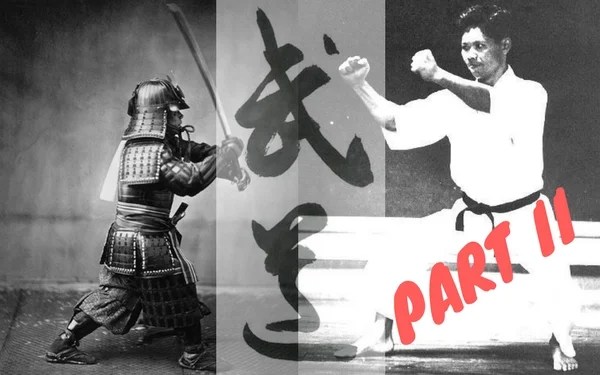
In last weekâs post I explored some of the history of the development of Karate and of Budo culture in Japan.
In part 2 I hope to get to the point in why I began writing such a body of text by exploring the matter of what we understand as “traditional” karate practice, where it fits into the changes made in Okinawa, and what we perceive as being Japanese.
But firstly, a little clearing up to do.
I must begin by stating that upon further research it seems that the âban on weaponsâ as indicated by various historical sources should be called into question due to the mounting evidence to the contrary.
A lot of what has been described as a âweapons banâ has in fact been down to a misinterpretation of what can be described as a reorganisation of weapons.
During the reign of King Sho Hashi, at the end of hostilities between the three principalities, with the middle principality, Chuzan, triumphantly establishing the Ryukyu ruling dynasty from Shuri castle, the weapons held by soldiers of the kingdom were simply accounted for and organised into a system whereby they were primarily stored for use for the protection of the kingdom and the Ruler, not for local wars.
Thus the highly skilled fighters of the age were not stripped of their tools. So how then did Karate grow?
Perhaps it is simply the obvious answer that being able to fight with your bare-hands was essential for anyone wanting to excel in combat. To rely solely on one weapon could spell disaster once itâs removed.
It is also important to note that those well skilled in the Martial Arts would have understood the underlying principles that connect all fighting techniques and being empty-handed was not something difficult to explore.
Regardless, the Karate of the 20th Century was a shadow of its former self, more so on the Japanese mainland, becoming altered to fit the mould of Budo.
It was also at this time that the Japanese establishment sought to have Karate placed into a category so that it became identified as a purely pugilistic practice.
Put up your dukes
Kenwa Mabuni is perhaps most famously outspoken regarding this particular change:
âAs up to now [1938] karate has only partly been introduced in TÅkyÅ, people who exercise karate in TÅkyÅ believe that it solely consists of atemi (punching) and kicking techniques. When talking about gyaku-waza and nage-waza they assume that these only exist in jÅ«jutsu and jÅ«dÅ. This way of thinking is exceedingly counterproductive with respect to karate itself and can only possibly be attributed to a lack of knowledge.â
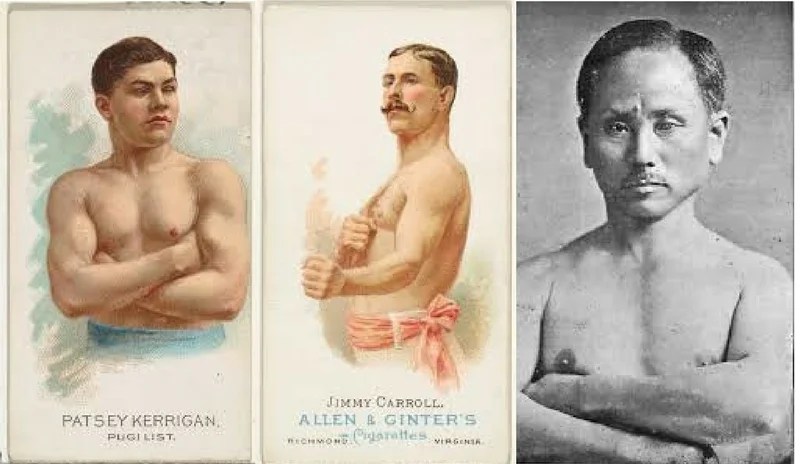
So then, with such extensive changes being made upon Karate, especially to that in Tokyo – mainly with reference to Shotokan – it must have been different back in Okinawa.
Snap Back to Reality
Aside from the changes previously stated to incorporate Karate into the Okinawan School system and thus be accepted by the Japanese establishment, there was also a number of changes being made that was being imported from the Japanese mainland.
The Karate of Okinawa would have been very alien to how the Japanese would expect it to be taught:
âKarate on Okinawa was taught in an informal manner. Students were assigned tokuigata (individual forms) at the discretion of the instructor. No ranking system existed, so there were no established criteria for advancement. Students were either sempai (senior) or kohai (junior). No recognizable uniform (gi) was used. Karate was indiscriminately referred to as di, bu (martial arts), or Toudi. This individualism was alien to the Japanese concept of wa (harmony). Japanese martial arts were structured around the ryûha system propagated by the Dainippon Butokukai. A ryûha included an historical continuity, methodological transmission, and pedagogical styleâ
There may well be many who would continue to teach this way, however, a lot of Karate was now openly taught, to large groups, and perhaps now in a more pedagogical fashion.
The Gi, the belt ranking system, the ryuha, lining up by rank – these changes were also taken on by the Okinawans which as Noah C. G. Johnson writes:
â…those Okinawan masters responsible for such changes sought to make the art something more in line with the Japanese martial art tradition, or budo. The acceptance of these changes by practitioners in Okinawa (both instructors and students), who were not themselves engaged in training with Japanese from the mainland, signals their own role in such modifications of the art. Either as actors with their own agency who found value in these changes, or as the victims of structural forces that capitulated to the assimilation programs of the Japanese government, these practitioners modified their practice to align with the ideologies of mainland Japanâ
The question is, where did these Japanese Martial Art âTraditionsâ come from?
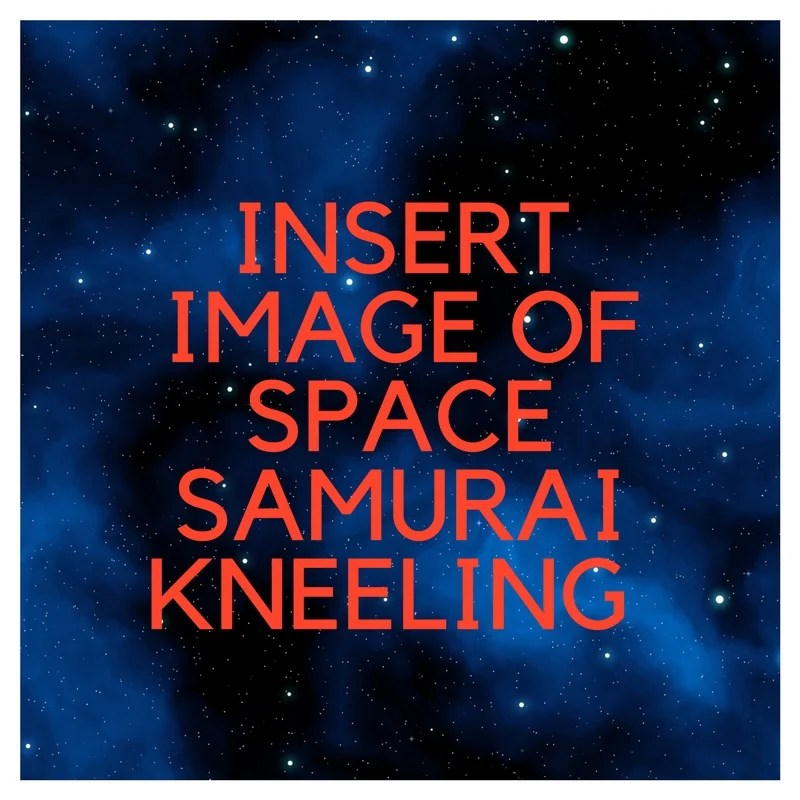
Return of the Jidai
As we know, Kano was the creator of the Judogi which was to be altered into the Karategi, along with the belt system, but Kano was merely following an ideological movement.
As part of this ideology the uniform was symbolic in nature which Donohue points to itâs significance as âa statement of individual conformity and identification with the groupâ -Donohue, John {1993} “The Ritual Dimension of Karate-Do.” in “Journal of Ritual Studies 7(1)”: Pp. 113
Madis writes regarding Yabu Kentsu who greatly understood the effect of the connection between physical exertion, group identity and the wearing of uniform with the further introductions he made upon Karate:
âA former officer in the Japanese army, Yabu [Kentsu] introduced many procedures still practiced in karate schools worldwide… These innovations included… bowing upon entering the training hall, lining up students in order of rank, seated meditation (a Buddhist practice), sequenced training, answering the instructor with loud acknowledgment, closing class with formalities similar to opening class. Most of these procedures already had been implemented in judo and kendo training and reflect a blending of European militarism and physical culture with Japanese neo-Confucianism, militarism and physical culture. However, these procedures did not exist in China, or in Okinawan karate before Yabuâ
Johnson further states:
âThese practices also signal a distinct shift from the karate practiced on Okinawa as described earlier (Friman 1996, Krug 2001, Mottern 2001) and mark the beginning of what is thought of as âkarateâ today. Through the adoption of the sport and militaristic elements, as well as the spiritual philosophies of Japanese martial culture, karate was able to find a place in the culture of mainland Japan. Often supported by and disseminated through the government, these adaptations of the practice found their way back to Okinawa and were largely embraced both by masters and students. To this day, in Okinawa as well as Japan, students wear the gi and colored belts, line up in order of rank and drill in precise linesâ
So who put the Bu in Karate-Do? Where did the various practices thought of as being âtraditionalâ come from?
In essence the Budo culture came from the Japanese Military, the new ruling elite previously from the Samurai class disseminating their âcultureâ to the general populace, and the practices taught by the European powers which the Japanese Army was pushing to base itself upon.
Which Then Begs the Questions-
What are we practicing when we Bow upon entering the Dojo, when we sit in Seiza, ushered to meditate, or line up by rank, when we reply Oss at every command?
What are we talking about when we state the major divide between âsportâ karate and âtraditionalâ karate?
Should we not question what is termed âtraditionalâ and perhaps attempt to understand why Karate came to be practiced in its present form?
Perhaps we should all spend less time focusing on the differences as what can truly be said to be the true way?
As a last thought, if all that we practice as âtraditionalâ is merely a modern creation, can we not then practice Karate as we want, foregoing Japanese etiquette, or would that destroy the very fabric thought to hold together the moral code of which modern Karate was founded on?
I would like to give a massive thanks to Itzik Cohen for his work “Karate Uchina-Di” which is absolutely huge but an inspiration nonetheless, also the amazing anthropological work written by Noah Johnson which I reference and garnered most of my information from, and lastly my latest bedroom reading material “The Samurai: A new History of the Warrior Elite” by Jonathan Clements which drew me to the question in the first place – and which I took one of my headlines from (The one about the Space Samurai). It’s a great read, none to big but comprehensive in the history of arguably one of Japan’s greatest historical exports. DO READ!!

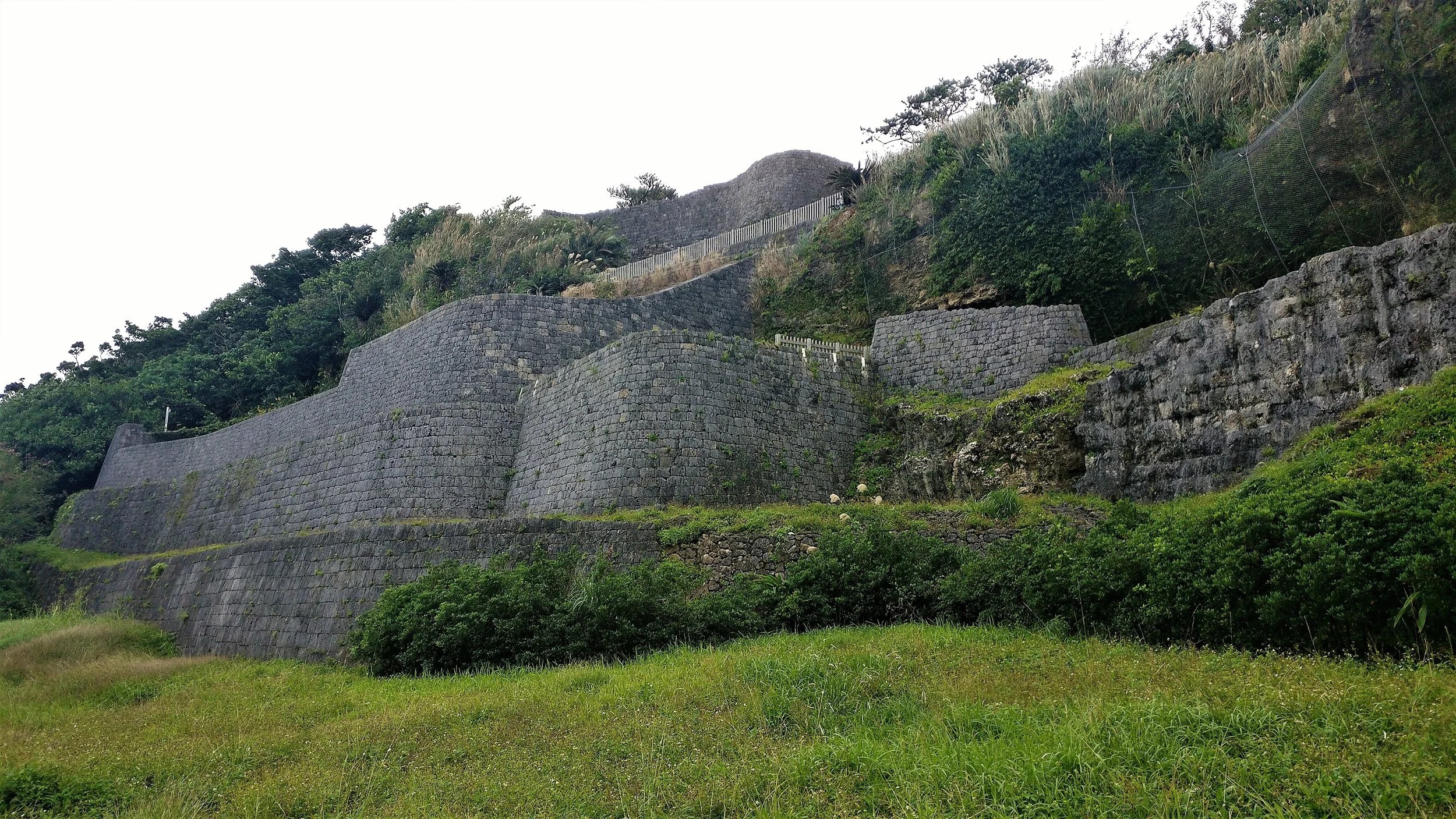
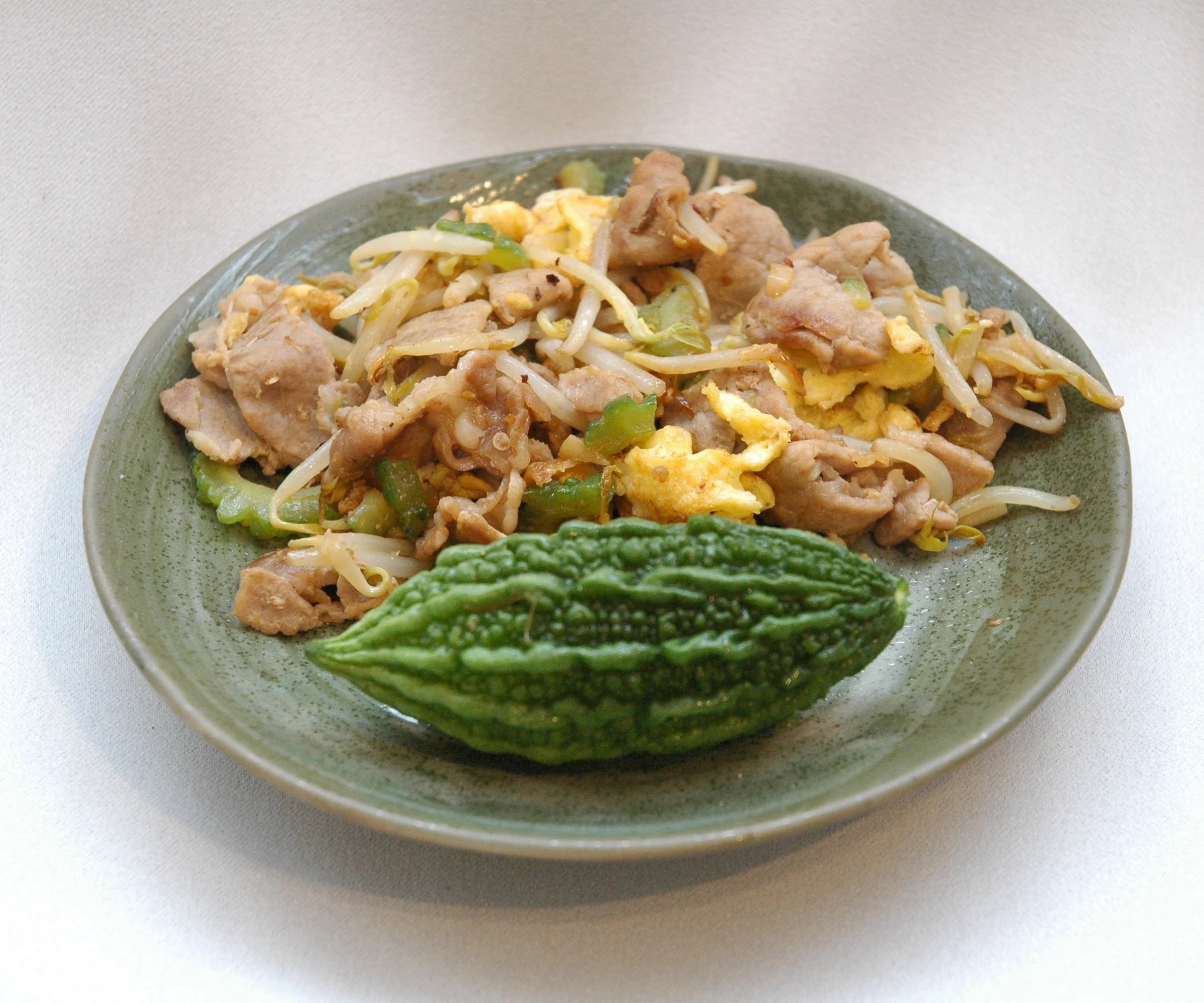
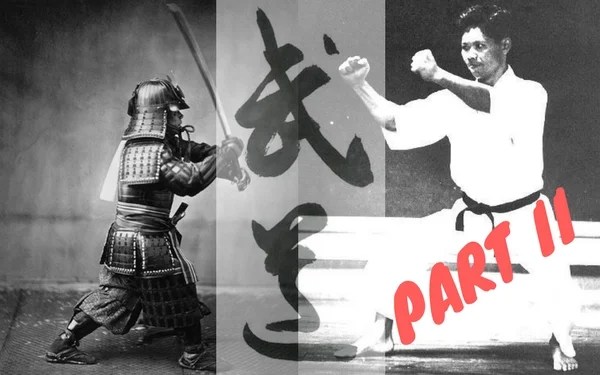
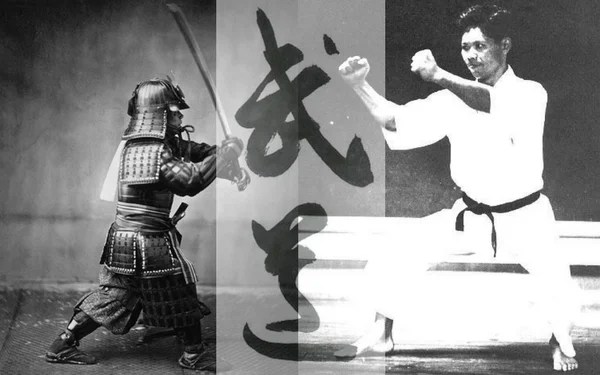
Leave a comment